Understanding Teeth Whitening with Baking Soda
The quest for a brighter, whiter smile is a common one, and in the realm of natural remedies, baking soda has emerged as a popular contender. Many people turn to this readily available household staple, drawn by its affordability and accessibility. However, it’s essential to approach this method with a clear understanding of how it works and what to expect. This guide delves into the science behind baking soda’s whitening capabilities, its safety profile, and how to effectively and safely incorporate it into your oral hygiene routine. This guide provides the essential information needed to make informed decisions about achieving a brighter smile.
The Science Behind Baking Soda
Baking soda, chemically known as sodium bicarbonate, is a mild abrasive. This abrasive quality is the key to its potential teeth-whitening properties. When used on teeth, baking soda helps to scrub away surface stains caused by foods, drinks (like coffee and tea), and tobacco. The abrasive action, however, is gentle enough not to damage the enamel, the hard outer layer of the teeth, when used correctly and in moderation. Additionally, baking soda has slight alkaline properties, which can help neutralize acids in the mouth, contributing to a cleaner environment.
How Baking Soda Works on Teeth
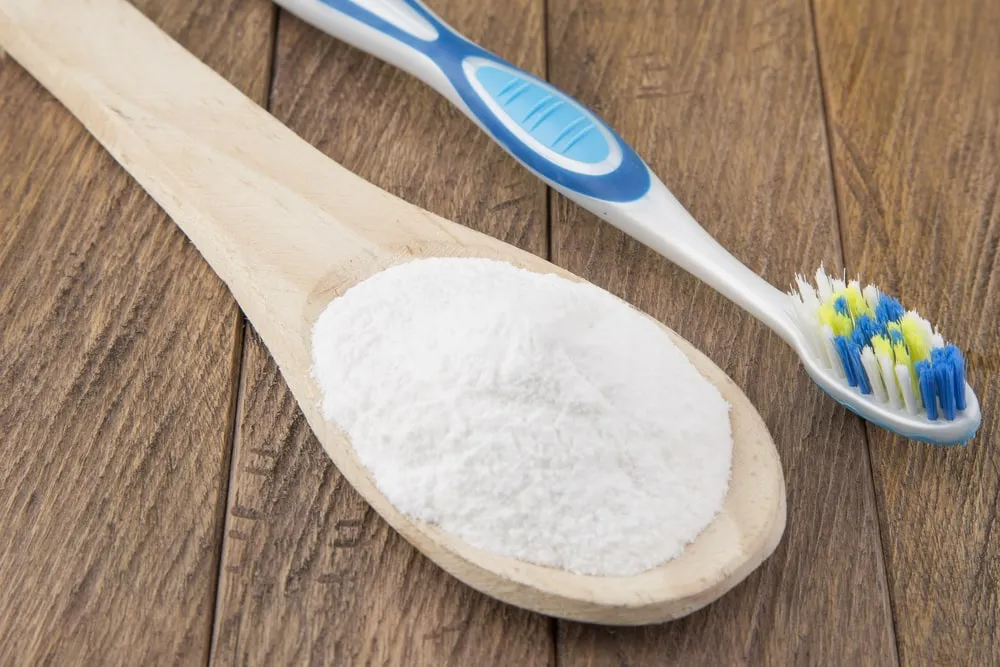
The primary mechanism by which baking soda whitens teeth is through its abrasive action. As you brush with a baking soda mixture, the tiny particles gently scrape away the build-up of stains and plaque on the tooth surface. This action exposes the underlying, whiter enamel, making your teeth appear brighter. While baking soda doesn’t change the intrinsic color of the teeth (the natural shade of the enamel), it effectively removes the extrinsic stains that dull their appearance. Regular, but cautious, use can lead to a noticeable improvement in the brightness of your smile. It is very important to understand its limit and how to apply correctly.
Is Baking Soda Safe for Teeth Whitening?
The safety of using baking soda for teeth whitening is a subject of ongoing debate. While it’s generally considered safe when used correctly and in moderation, excessive use can lead to potential problems. The key to safety is understanding the proper methods and adhering to them. Using too much baking soda or brushing too aggressively can erode enamel over time, leading to increased sensitivity and vulnerability to cavities. Therefore, it’s crucial to use baking soda sparingly and with a gentle technique, always prioritizing the health of your teeth.
Potential Risks and Side Effects
Overuse of baking soda can lead to several adverse effects. The abrasive nature of baking soda can wear down tooth enamel, making teeth more susceptible to sensitivity, especially to hot or cold foods and drinks. Enamel erosion also increases the risk of cavities and decay. Additionally, some individuals may experience gum irritation or inflammation from baking soda use. If you notice any signs of increased sensitivity, gum discomfort, or enamel erosion, it’s essential to discontinue use and consult a dentist. It is better to seek for professional advice.
Benefits of Using Baking Soda for Whitening
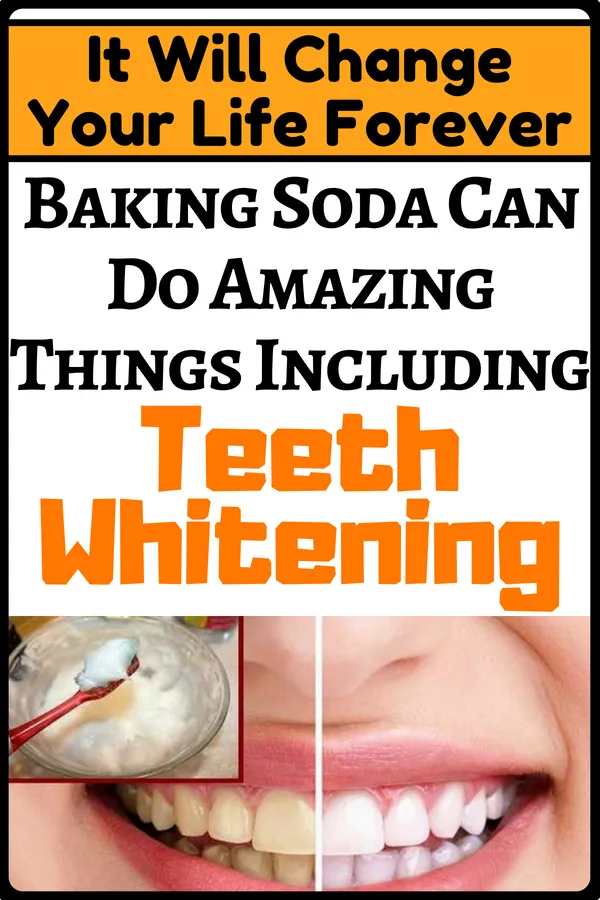
Despite potential risks, baking soda offers several benefits for those seeking whiter teeth. It is a cost-effective solution, making it accessible to anyone. It effectively removes surface stains, leading to a visibly brighter smile. Baking soda also helps neutralize acids in the mouth, which can improve overall oral health. Furthermore, it can freshen breath, leaving your mouth feeling cleaner and healthier. When used judiciously and combined with proper oral hygiene practices, baking soda can be a useful addition to your teeth-whitening routine.
Step-by-Step Guide How to Use Baking Soda for Teeth Whitening
Materials You’ll Need
To begin, you’ll need a few essential items. First and foremost, baking soda is the star ingredient. You can find it in any grocery store. You’ll also need a small container for mixing and a toothbrush with soft bristles. It’s also helpful to have a small cup of water for rinsing. Consider having a timer handy to monitor the brushing time. Always ensure that your toothbrush is in good condition, as worn bristles can be less effective and potentially abrasive. The proper tools and equipment will ensure you make the best possible results while keeping your teeth safe.
Step 1 Making the Paste
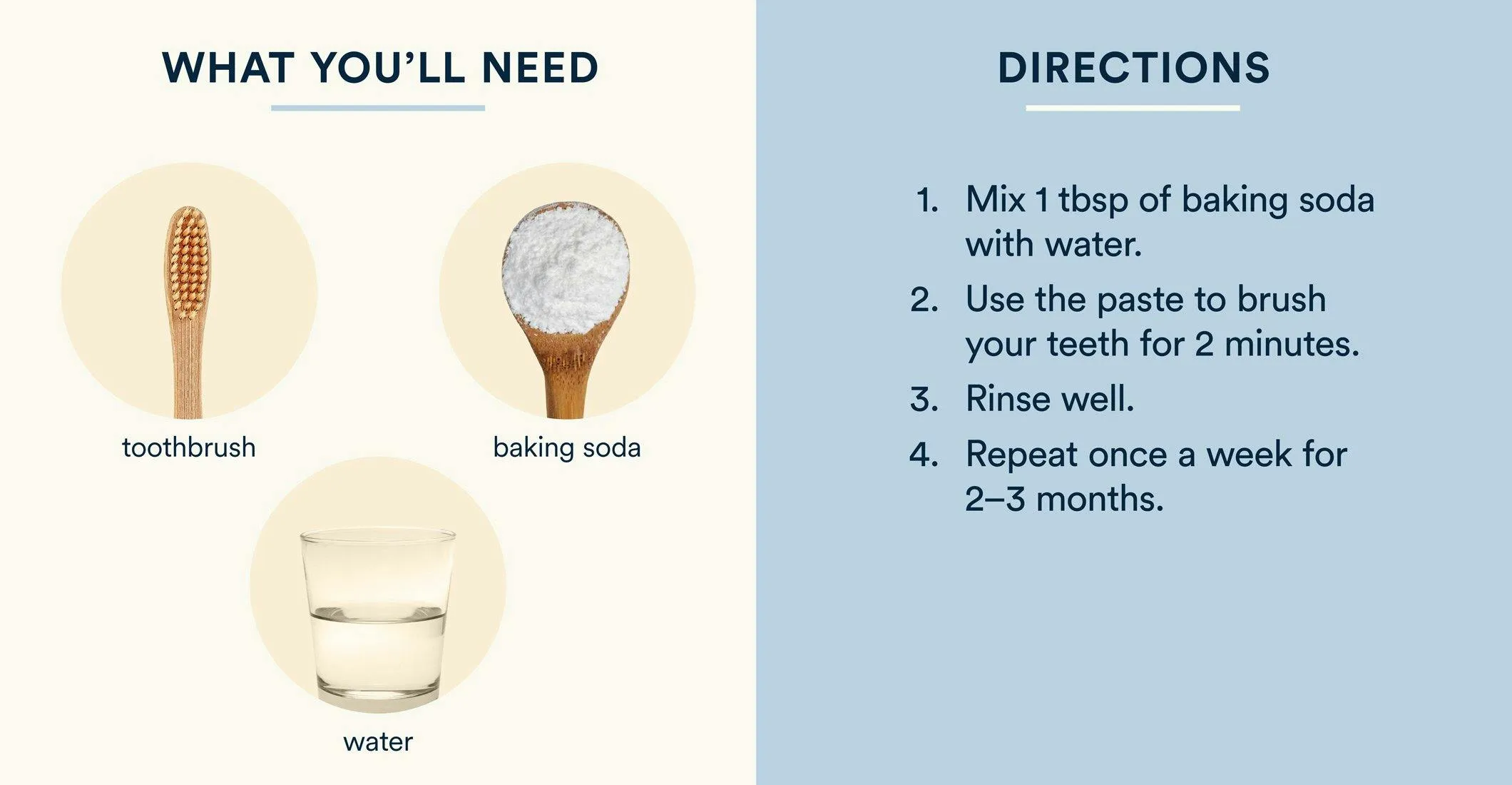
In your small container, mix baking soda with water to form a paste. The consistency should be similar to toothpaste – not too thick, not too runny. Start with a ratio of about one teaspoon of baking soda to a small amount of water. Add water gradually, mixing until you achieve the desired consistency. The goal is to create a paste that can be easily applied to your toothbrush. Avoid making the paste too abrasive. A good paste will adhere to your toothbrush bristles and evenly cover the surface of your teeth.
Step 2 Applying the Paste
Once you have your paste ready, apply a small amount to your toothbrush. Be careful not to overload the brush with too much paste. A thin layer is sufficient to cover the bristles. It’s important not to scrub with excessive force. Use gentle, circular motions, ensuring that you reach all surfaces of your teeth. Make sure that all the areas are covered by the paste for the best results. Take your time and be meticulous in your brushing technique.
Step 3 Brushing Your Teeth
Brush your teeth gently for no more than two minutes. Over-brushing or using too much force can damage the enamel. Focus on thoroughly cleaning each tooth surface. Pay attention to the gum line, where plaque and bacteria often accumulate. For those who are just starting to use baking soda, you might want to brush even less. Brushing for the recommended time is the key to effective cleaning. Use your toothbrush to reach even the most difficult-to-reach areas.
Step 4 Rinsing and Aftercare
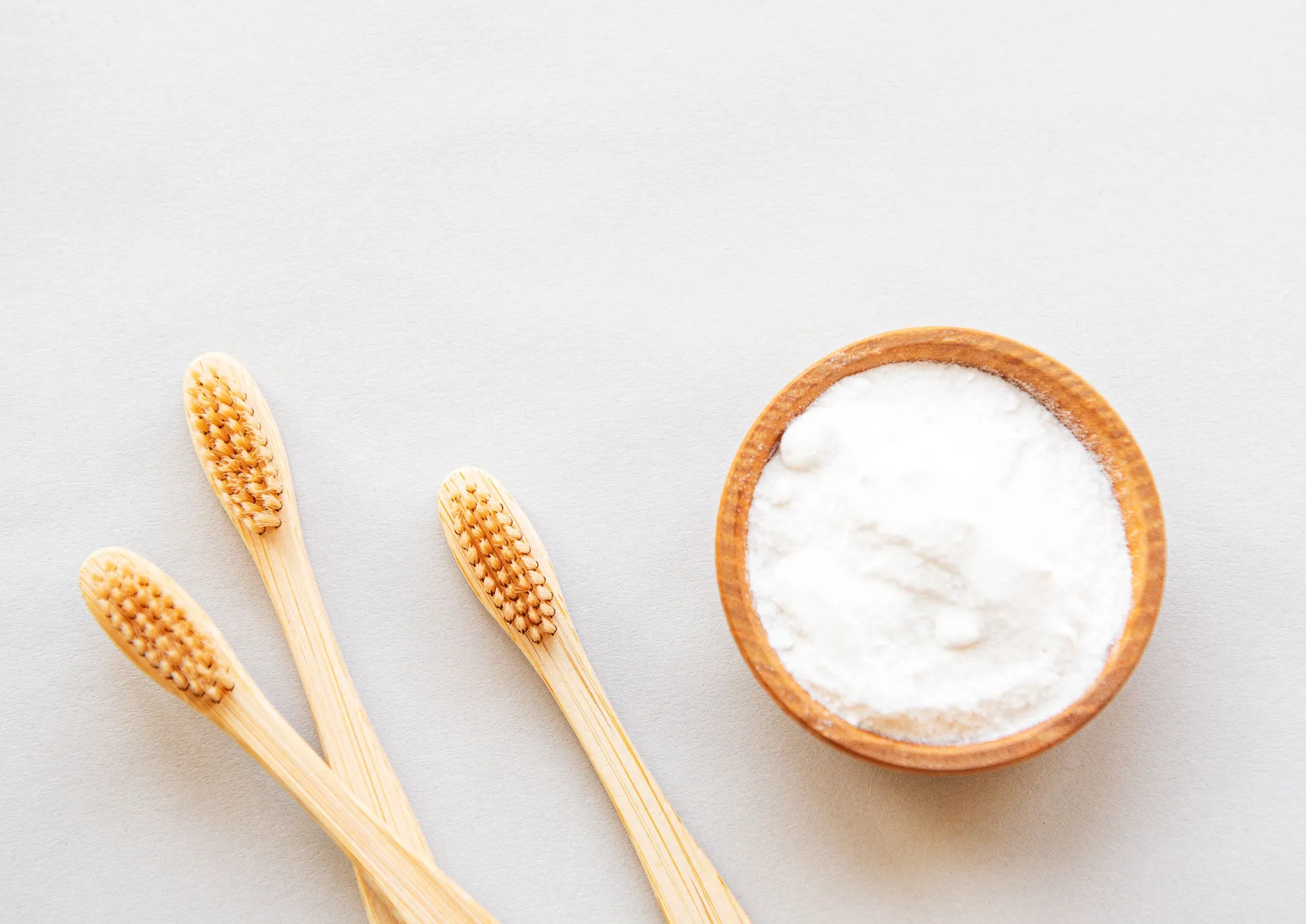
After brushing, rinse your mouth thoroughly with water to remove any remaining baking soda paste. It’s also recommended to rinse your toothbrush to ensure that all the paste is removed. Observe any changes in your teeth’s sensitivity, and make sure to consult your dentist if any concerns arise. Proper rinsing is essential to wash away all the residue. For some people, using a mouthwash after rinsing can also help in maintaining a fresh breath.
Alternative Methods for Whitening
Whitening with Baking Soda and Hydrogen Peroxide
Some people combine baking soda with hydrogen peroxide for enhanced whitening effects. Hydrogen peroxide is a mild bleaching agent that can help to remove deeper stains. To use this method, mix baking soda with hydrogen peroxide to form a paste, then brush your teeth with the mixture for a short period. Caution is advised because of hydrogen peroxide’s potential to cause sensitivity. Hydrogen peroxide should be used in low concentrations to avoid any potential harm to the teeth. Consultation with a dental professional is highly recommended.
Other Natural Teeth Whitening Methods
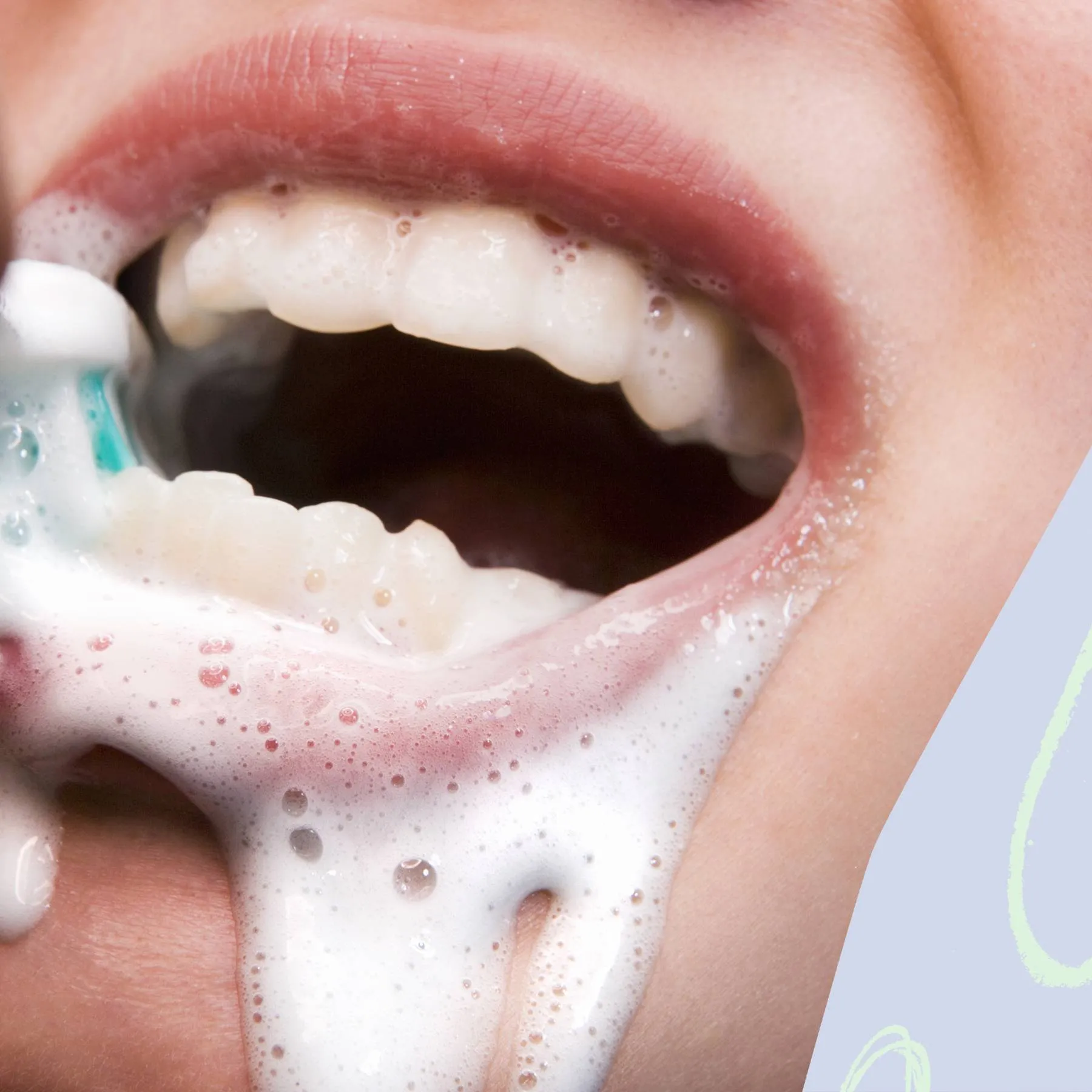
Several other natural methods can contribute to teeth whitening. Oil pulling, using coconut oil, is believed to reduce plaque and bacteria. Activated charcoal, a fine black powder, can absorb stains, although its effectiveness is debated. Eating crunchy fruits and vegetables, like apples and carrots, can act as natural abrasives. Maintaining a diet rich in fruits and vegetables is crucial for oral health. Always prioritize your oral health.
Tips for Maintaining a White Smile
Dietary Considerations
Your diet plays a significant role in the color of your teeth. Certain foods and drinks can stain teeth, including coffee, tea, red wine, and berries. Limiting your consumption of these items can help prevent staining. Drinking water after consuming staining foods can help rinse away any residues. A balanced diet also supports overall oral health. Making informed choices can help you maintain a whiter smile.
Dental Hygiene Practices
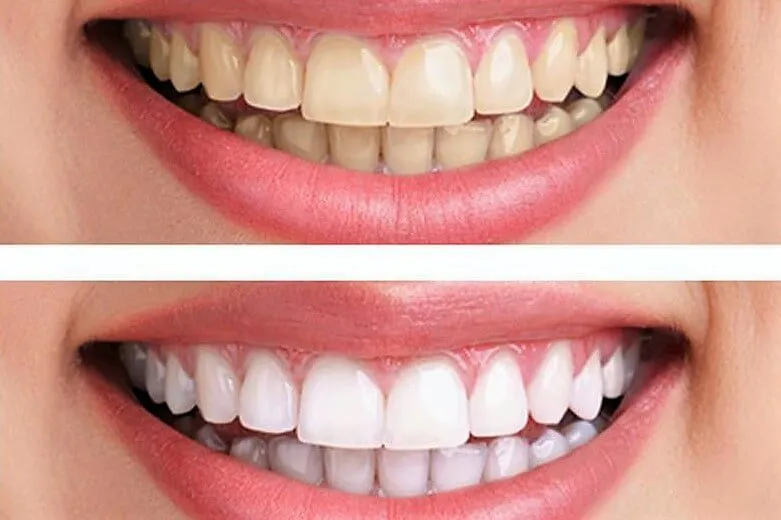
Alongside diet, consistent oral hygiene is paramount. Brush your teeth twice a day with fluoride toothpaste and floss daily. Regular dental check-ups and professional cleanings are essential for removing plaque and tartar buildup, which can cause stains. Using mouthwash can also contribute to a cleaner mouth. These habits are the cornerstones of a healthy and bright smile. Consistency is the key to achieving optimal results and maintaining good oral health.
When to See a Dentist
If you experience any persistent tooth sensitivity, gum problems, or if you’re unsure about the safety of any teeth-whitening method, it’s essential to consult your dentist. They can assess your oral health, offer personalized advice, and recommend professional whitening treatments if necessary. Your dentist can also provide professional cleanings. Professional guidance is always the best. Seeking their expertise ensures that you maintain optimal oral health and achieve the desired results.
